RELEASE: New Interactive Map Shows Estimated Enrollment by Congressional District in At-Risk Broadband Affordability Program
Red States Lead with Highest Enrollment Rates
WASHINGTON — The Digital Progress Institute, a bipartisan think tank focused on bridging the policy divide between telecom and tech, has launched a new interactive Affordable Connectivity Congressional Map. The map illustrating estimated enrollment in the Affordability Connectivity Program (ACP) by congressional district and state. A popular broadband affordability program with overwhelming bipartisan support, the ACP was created in 2021 as part of the Infrastructure Investment and Jobs Act and it is now at risk of running out of funding next year if Congress fails to act. Since its inception, over 16 million people have enrolled in the program nationwide.
“The Digital Progress Institute launched the interactive map to demonstrate to members of Congress that their constituents rely on the ACP and it’s a program worth saving,” said Joel Thayer, president of Digital Progress Institute. “The map will be continually updated as new enrollment figures become available, but what’s clear from this map today is that the ACP knows no political ideology or geographic boundaries – over 16 million Americans from Louisiana to Kentucky to Ohio are participating in this program and enrollment shows no signs of slowing down.”
The following states rank highest for ACP enrollment: Louisiana (21%), Kentucky (18%), New Mexico (18%), North Carolina (17%), Ohio (17%), South Carolina (16%), Alabama (16%), Mississippi (15%), New York (15%), and Oklahoma (15%). Enrollment is high in both rural and urban areas. For example, 29% of Kentuckians in the heart of Appalachia (KY-05) are enrolled as are 25% of Louisianans in rural parishes (LA-05). Congressional districts in urban areas, such as in Los Angeles (CA-22) and in and around Jacksonville (FL-04), are similarly high with enrollment rates of 31% and 17%, respectively.
Furthermore, recent polling released by the Digital Progress Institute shows a strong, bipartisan majority of voters (78%) support continuing the ACP, including 64% of Republicans, 70% of Independents, and 95% of Democrats. Similar majorities also hold for urban, suburban, and rural households, who all support ACP by at least two-to-one margins.
“Ensuring that millions of Americans remain connected to the internet is good for hardworking families, students, and the U.S. economy,” Thayer added. “That is why Congress must act before the end of the year to ensure that the ACP is on a sustainable path and that the Americans who depend on this successful program can continue to benefit from it.”
Background on the Affordable Connectivity Program
Created in 2021 as part of the bipartisan Infrastructure Investment and Jobs Act and administered by the Federal Communications Commission (FCC), the ACP provides qualifying households with up to $30 off their monthly home internet bills and up to $75 per month for households on qualifying tribal lands. Coupled with affordable offers for high-speed internet plans for $30 per month or less, qualifying Americans are paying $0 for broadband access.
Eligible households can also receive a one-time discount of up to $100 to purchase a laptop, desktop computer, or tablet from participating providers if they contribute more than $10 and less than $50 toward the purchase price.
Eligibility is defined as a household with income at or below 200% of the Federal Poverty Guidelines or that have a member of the household meeting specific criteria.
Background on Methodology
As the U.S. Census Bureau has not yet released the 2022 congressional district boundaries with corresponding 5-year American Community Survey (ACS) housing and demographic estimates, the congressional district data included in the Digital Progress Institute’s Affordable Connectivity Congressional Map is a best estimate using publicly available information. The methodology can be replicated and is the result of merging the zip code level Universal Service Administrative Company (USAC) ACP enrollment numbers and Zip Code Tabulation Area (ZCTA) level 2016-2021 ACS 5-year household estimates from IPUMS before aggregating to Congressional Districts via Geocorr 2022.

